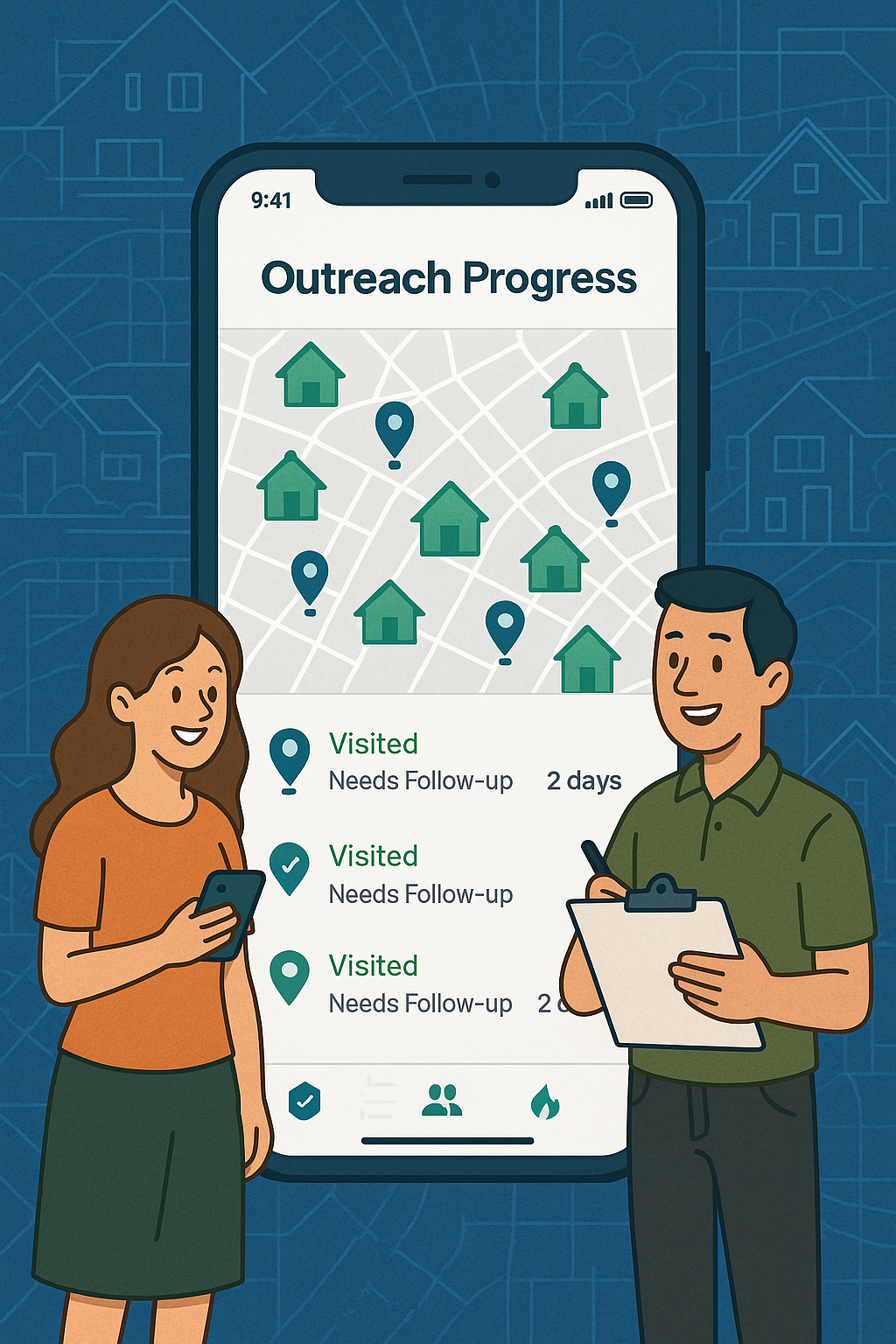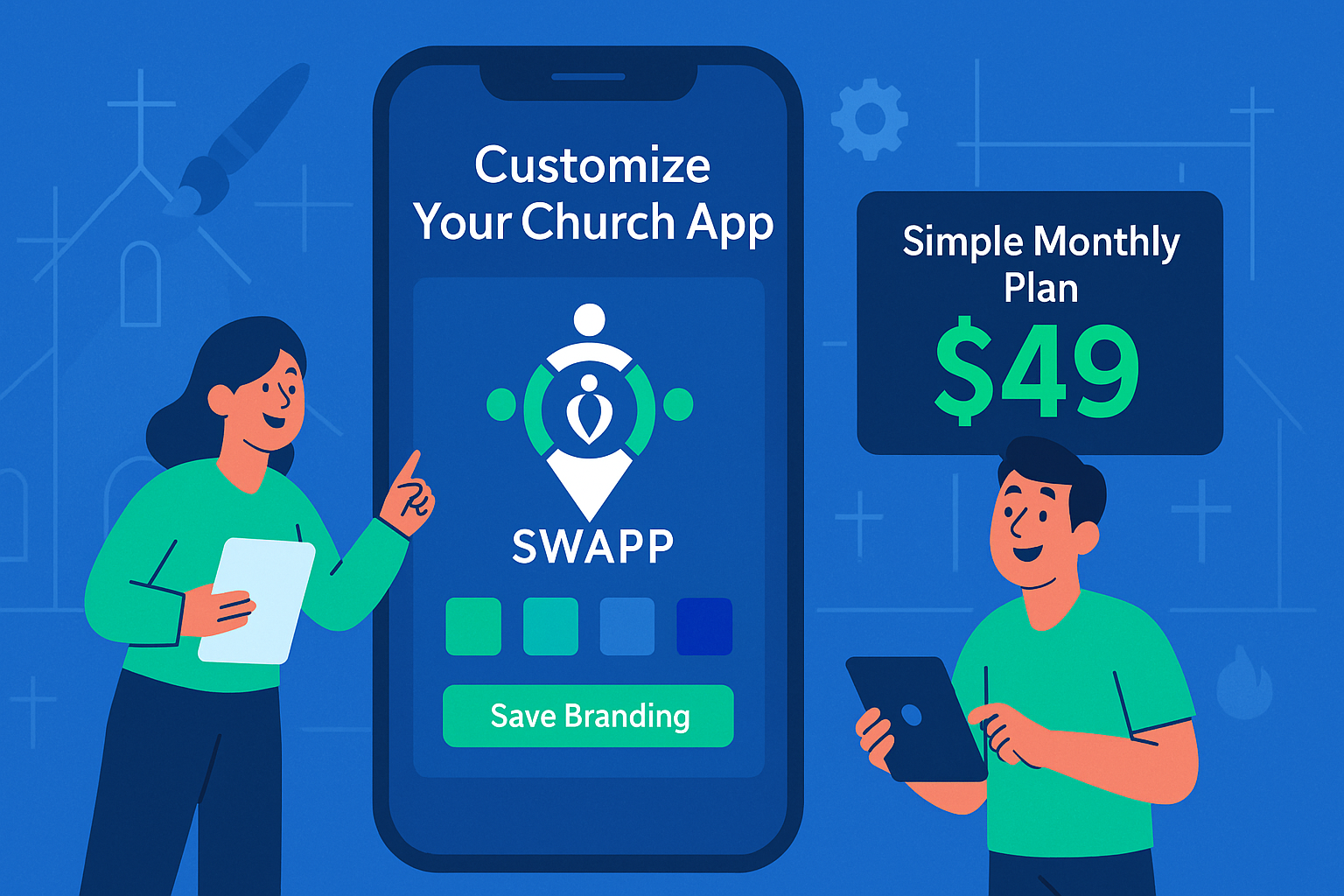
How Can Churches Improve Follow-Up Without Burning Out Volunteers?
Following up with guests, new believers, and prayer requests is a vital part of church ministry—but it's often the first thing to fall through the cracks. Volunteers get overwhelmed, pastors get busy, and what was supposed to be a “quick touchpoint” turns into a mountain of tasks. Thankfully, churches today have better tools and smarter strategies to simplify the process—without sacrificing care.
Why Follow-Up Systems Break Down
Every church wants people to feel noticed and cared for — especially after a first visit, a prayer request, or a spiritual decision. But the reality is that most churches don’t have a consistent system to make that happen. And when there’s no clear plan, even the best intentions fall flat.
Some churches depend on memory: “Let’s make sure to text Sarah this week.” Others use tools like spreadsheets, sticky notes, or group chats. These methods work for a while, but as more people visit and the list grows, it becomes easy to miss someone — not because you don’t care, but because you're overwhelmed.
Volunteers feel the pressure, too. They signed up to serve, not to manage logistics or checklists. When they don’t have tools to help them, they feel stressed and discouraged. Over time, follow-up becomes inconsistent, and both guests and team members feel the gap.
The problem isn’t heart. It’s the system. Churches don’t need more effort — they need a better way to organize their effort. That’s where intentional follow-up tools and structure come in.
How to Improve Church Follow-Up Without Burning Out Your Team
Step 1: Create a Simple Follow-Up Path
Start by defining what happens after a visitor connects with your church. For example: Day 1 – welcome text; Day 3 – invite to small group; Day 7 – personal email. You can map this path using tools like SWAPP Mapping so everyone is clear on the journey.
Step 2: Use Automations for First Contact
Don’t rely on memory. Use New Visitor Intake or Follow-Up & Outreach to automatically send texts or reminders the moment someone fills out a form or checks in.
Step 3: Assign Tasks by Role
Avoid giving one person the entire list. Use Group Management or Volunteer Scheduling to split tasks. When everyone knows what they’re doing, burnout goes down and follow-up goes up.
Step 4: Keep Conversations Going
One contact isn’t enough. Use scheduled check-ins through Check-Ins, Outreach, or Giving Follow-Up to continue building the relationship over the next few weeks.
Step 5: Review What’s Working
What gets measured gets better. Track responses. Celebrate wins. Update your process regularly based on what your team learns along the way.
FAQs About Church Follow-Up
What’s the best way to start a follow-up system?
Start simple. Define 2–3 key follow-up steps and automate the first one using a digital tool like SWAPP.
How can we avoid burnout on our team?
Share tasks across your team using Volunteer Scheduling. Don’t let one person do it all.
What if someone doesn’t respond?
Keep it light and give space. Try another method (text instead of call) or wait a week before checking in again.
Can this work for small churches?
Absolutely. Even a small team can automate follow-up and stay consistent with the right setup.
What if we’re already behind?
Start fresh with this Sunday’s visitors. Don’t try to catch up — just build a better system moving forward.


